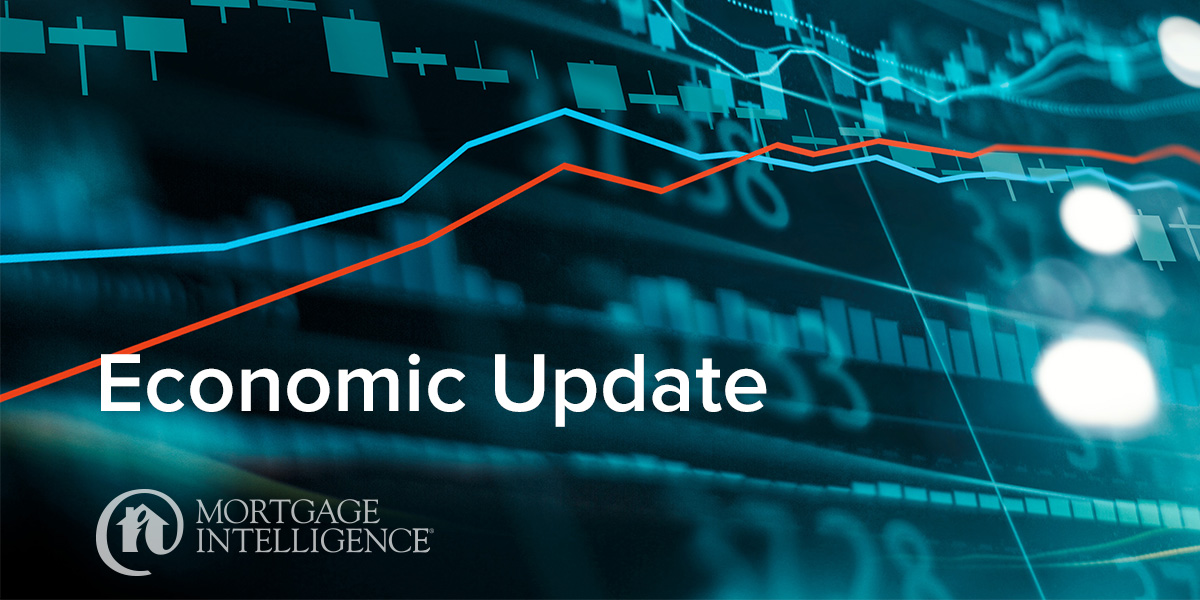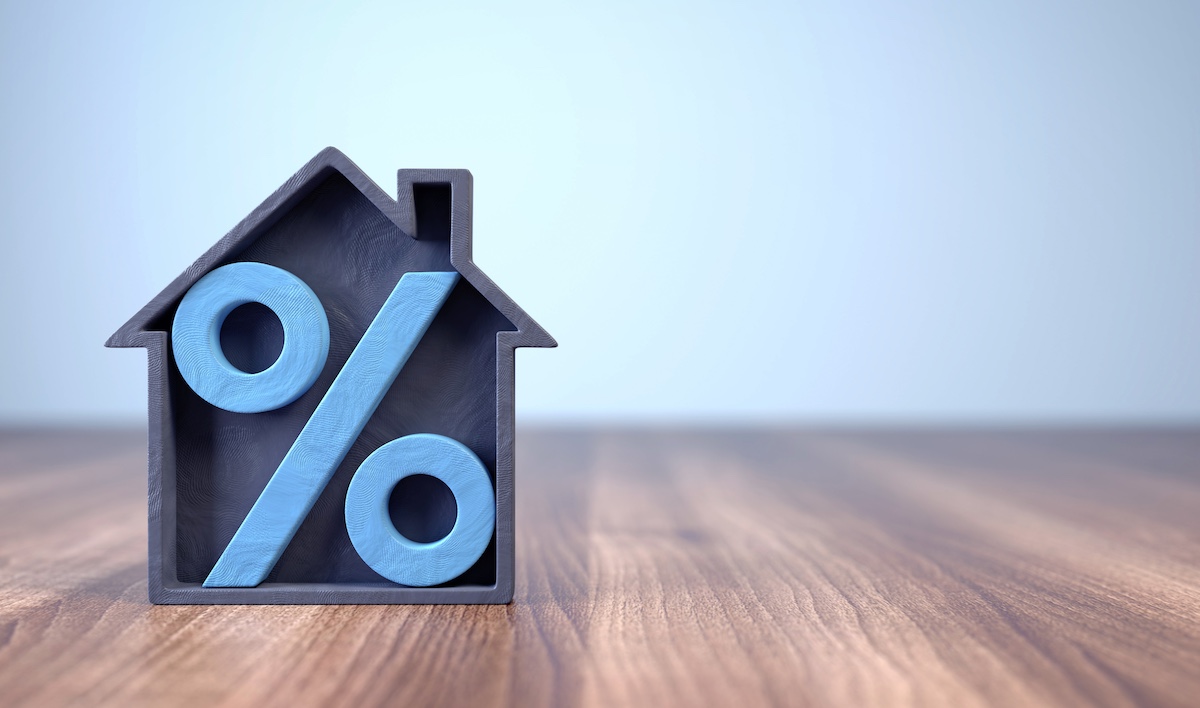What first-time homebuyers can expect with the new tax-free First Home Savings Account
Since it was proposed in the 2022 Federal Budget, we’ve learned more details about this exciting new program aimed at helping first-time homebuyers purchase a home.
The bill is currently before Parliament and assuming it will be passed, the FHSA rules will enter into force on April 1, 2023.
A quick recap: The FHSA is a new type of registered plan that allows eligible first-time homebuyers to save up to $40,000 tax-free over the lifetime of the plan and up to $8,000 in any one year, including 2023. Contributions made to an FHSA are tax deductible and any income/gains inside the account, as well as qualifying withdrawals are non-taxable.
Recent Update! Account holders will be allowed to carry forward up to $8,000 of unused annual contributions to use in a later year (subject to the lifetime contribution limit). For example, if you open an FHSA in 2023 and contribute $3,000, you can contribute up to $13,000 in 2024. Carry-forward amounts do not start accumulating until after you open an FHSA.
To qualify for an FHSA you must be a resident of Canada, at least 18 years old, and you must be a first-time homebuyer which means you, or your spouse or common-law partner did not own a qualifying home that you lived in as a principal place of residence at any time in the year the account is opened or the preceding four calendar years (a qualifying home is a housing unit located in Canada).
Withdrawals from an FHSA are tax-free, provided the following conditions are met:
- You are a first-time homebuyer, as defined above, at the time that you make the withdrawal.
- You must have a written agreement to buy or build a qualifying home before October 1 of the year following the year of withdrawal.
- You must intend to occupy the home as a principal place of residence within one year after buying or building it.
Any funds remaining after making a qualifying withdrawal can be transferred to an RRSP or RRIF (registered retirement income fund), penalty-free and tax-deferred, as long as you transfer the remaining funds by December 31 of the following year. Transfers do not reduce or limit your available RRSP contribution room.
If you withdraw any FHSA savings as a non-qualifying withdrawal (for any purpose other than buying or building a qualifying home), you must include the amount as income for the year of the withdrawal and tax will be withheld.
Withdrawals and transfers do not replenish FHSA contribution limits.
Beyond the Rules – Tax Strategies for your FHSA
Tax Strategy Tip 1:
Since you can transfer funds from an FHSA to an RRSP or RRIF without affecting your RRSP limit, an FHSA may be beneficial for those who own a rental property that is not their principal place of residence. With an FHSA, they may still qualify as a first-time homebuyer and accumulate funds on a tax-deferred basis, and they can still transfer the funds to an RRSP or RRIF if they do not eventually buy a qualifying home.
Tax Strategy Tip 2:
An individual can make FHSA contributions with funds provided by their spouse without the attribution rules applying to the income earned in the FHSA from these contributions. Similarly, no attribution arises if you give cash to an adult child to contribute to their FHSA.
Tax Strategy Tip 3:
You can transfer funds from an RRSP to an FHSA tax-free, up to the $40,000 lifetime and $8,000 annual contribution limits. Important to note: These transfers would not restore your RRSP contribution room or generate a tax deduction.
The good news is after the transfer from your RRSP to an FHSA, a qualifying withdrawal from the FHSA would be tax-free, essentially making it a tax-free RRSP withdrawal.
Tax Strategy Tip and Recommendation 4:
The Home Buyers’ Plan (HBP) allows first-time homebuyers to withdraw up to $35,000 from their RRSP to purchase or build a home without having to pay tax on the withdrawal. Since the HBP continues to be available under existing rules, you can leverage both the HBP and FHSA programs for the same qualifying home purchase!
Withdrawals under both plans can be made tax-free, but since the HBP requires repayment within 15 years of the withdrawal, we recommend maximizing your FHSA contribution room and then, if savings are available, making a contribution to your RRSP so you use the HBP.
Consider using your TFSA. Although not specifically designed for first-time home saving, TFSAs are worth considering for several reasons, such as:
- Tax-free savings
- No requirement to repay amounts withdrawn, as well as the restoration of an equal amount of contribution room in the TFSA in the year following the year of withdrawal.
- Ability to withdraw funds saved in a TFSA and deposit them into an FHSA to receive a tax deduction as FHSA room becomes available.
First-time home buyers should review the details of each plan with a Mortgage Intelligence mortgage broker to determine how to make the most of them to boost their down payment availability.




